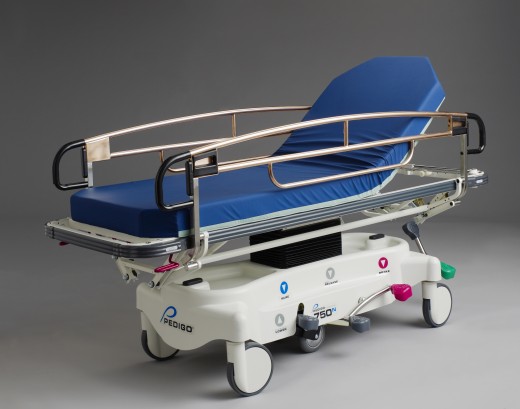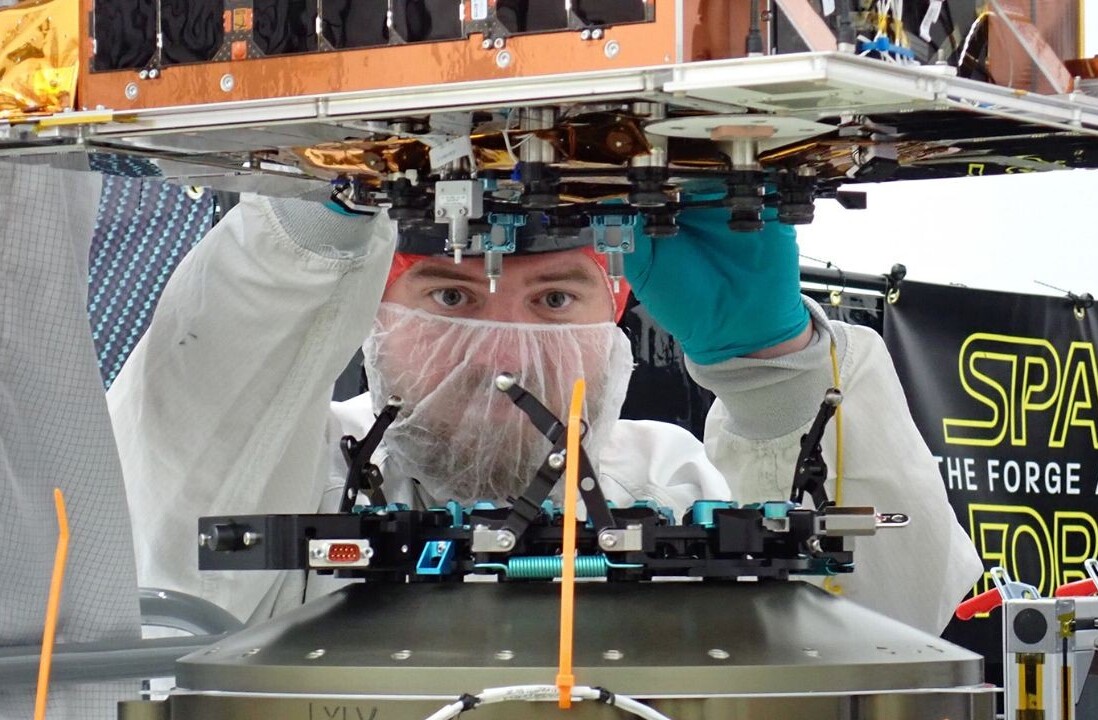
Robert J. Szczerba is the CEO of X Tech Ventures, an innovative company focused on solving some of today’s most challenging problems through the integration of technologies from multiple, diverse domains. This post originally appeared on Forbes.
“I never go to hospitals, that’s where all the sick people are.”
It’s an old joke, but, unfortunately, it has elements of truth. Hospitals are indeed dangerous places, and the emerging statistics on hospital-acquired infections (HAI) are more dire than ever.
According to the Centers for Disease Control (CDC), about 1 in every 25 inpatients has an infection related to hospital care. Each year, at least 2 million Americans acquire serious bacterial infections that are resistant to one or more of the antibiotics designed to treat them. At least 23,000 people die each year as a direct result of these antibiotic-resistant infections.
That’s the equivalent to the population of a small city. HAIs are also very costly. According to the Journal of Medical Economics, HAIs in U.S. acute-care hospitals lead to direct and indirect costs totaling $96 – 147 billion annually.
As shown in the video by Seema Marwaha below, infections can spread quite easily and rapidly through normal daily activities.
One effective strategy for combating these deadly infections is replacing some of the physical surfaces in clinical settings with antimicrobial copper. The Environmental Protection Agency (EPA) granted a public health registration to certain copper alloys for its ability to kill specific bacteria, including MRSA and e-coli.
Unlike silver or any other touch-surface metal, copper is recognized by the EPA as being able to continuously kill greater than 99.9 percent of bacteria that cause hospital-acquired infections (within 2 hours).
Unfortunately, there are a number of misconceptions slowing down the shift towards anti-microbial copper in our hospitals. Let’s explore a few of the more common myths surrounding copper.
Myth #1: “We don’t need antimicrobial copper. We have good compliance with hand-washing in our hospital.”
Fact: Many hospital executives believe that their staff members wash or sanitize their hands before and after each patient contact, but many studies have found that healthcare providers adhere to national guidelines for hand hygiene less than 50 percent of the time.
Using antimicrobial copper products are intended to be a supplement to, and not a substitute for, standard infection control practices. However, its effectiveness is not dependent on the behavioral compliance of medical personnel.
Dr. Archelle Georgiou, former Chief Medical Officer of United Healthcare and currently a strategic advisor to several innovative healthcare companies, added that, “despite the focus on hand washing to combat the HAI problem, bacteria are winning the battle, and antibiotic-resistant superbugs are on the increase.
“Why? Hand washing effectiveness requires that people repetitively comply with a behavioral process, but humans are busy, forgetful, and yes, human.
“Compare that to copper’s effectiveness. Copper kills bacteria within two hours and is effective 24/7 without coaxing, monitoring, or incentives.”
Myth #2: “Copper is too expensive to install in a hospital.”
Fact: According to the Copper Development Association, the estimated cost to convert primary surfaces in a hospital room (bed rails, IV poles, tables, chairs, etc.) is estimated to be between $7,700 and $15,000 per room.
Based on a business model that assumes a 20 percent reduction in infections (a modest reduction compared to the almost 60 percent reduction demonstrated in clinical trials), this one-time investment generates a positive return within a year.
Scott Adams, CEO of Pullman Regional Hospital, added that “installing copper in just about 10 percent of surfaces in an ICU can cut hospital acquired infections by 58 percent. Data like this clearly supports our ongoing commitment.
“The cost of adding some copper surfaces in our facility is far outweighed by the financial and personal costs of ongoing care and prolonged illness in our patients.”
Myth #3: “Copper hospital equipment is hard to get and product supply is limited.”
Fact: The number of antimicrobial products skyrocketed after the EPA registration in 2008. Currently, there are more than a dozen manufacturers in the U.S. and around the world using antimicrobial copper alloys to produce bedrails, handrails, door handles, grab bars, IV poles, trays and carts, sinks and faucets, computer keyboards, and face plates.
For example, one of the larger companies to launch a collection of antimicrobial copper products was Ingersoll Rand.
Hospital stretcher with copper railings (Photo credit: Copper Development Association)
Myth #4: “Copper is an ugly orange color and it tarnishes.”
Fact: More than 450 antimicrobial copper alloys are available, with colors ranging from red to yellow to silvery-gray. The color and tarnishing properties are dependent on the alloy mixture. Those with higher percentages of nickel more closely resemble the silver tone of stainless steel and do not tarnish.
Copper is rapidly becoming the new “Gold Standard” in patient safety. The evidence seems clear that selectively converting physical surfaces in hospitals and other clinical settings to antimicrobial copper can reduce the spread of infection and save lives.
Read Next: How GE is using Big Data to make sense of what you’re eating
Get the TNW newsletter
Get the most important tech news in your inbox each week.





